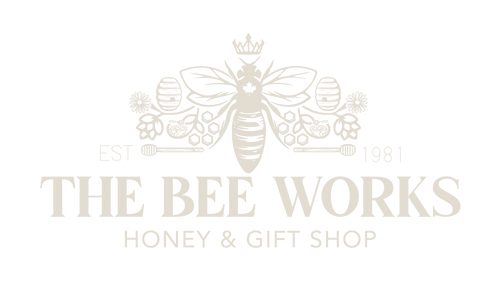How do I substitute honey for sugar?
When substituting honey for granulated sugar in recipes, begin by substituting honey for up to half of the sugar called for in the recipe. For baked goods, make sure to reduce the oven temperature by 25°F to prevent overbrowning; reduce any liquid called for by 1/4 cup for each cup of honey used and add 1/2 teaspoon baking soda for each cup of honey used. Because of its high fructose content, honey has higher sweetening power than sugar. This means you can use less honey than sugar to achieve the desired sweetness.
How do bees make honey?
Honey is the sweet fluid produced by honey bees from the nectar of flowers. Worker honey bees transform the floral nectar that they gather into honey by adding enzymes to the nectar and reducing the moisture.
Does honey have an expiration date?
Honey stored in sealed containers can remain stable for decades and even centuries! However, honey is susceptible to physical and chemical changes during storage; it tends to darken and lose its aroma and flavor or crystallize. These are temperature-dependent processes, making the shelf life of honey difficult to define. For practical purposes, a shelf life of two years is often stated. Properly processed, packaged and stored honey retains its quality for a long time. If in doubt, throw it out, and purchase a new jar of honey!
How do bees pollinate plants?
As bees travel from blossom to blossom in search of nectar, they brush against the pollen-bearing parts of a flower (anther or stamen) and pick up pollen. When the honey bee goes to another flower for more food, some of the pollen from the first flower sticks to the second flower. In this way, the flowers are pollinated. Almonds, apples, avocados, blueberries, cantaloupes, cherries, cranberries, cucumbers, sunflowers, watermelon, and many other crops all benefit from honeybees for pollination.

